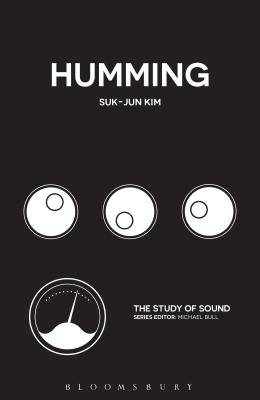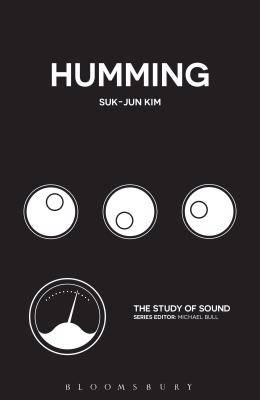
Bedankt voor het vertrouwen het afgelopen jaar! Om jou te bedanken bieden we GRATIS verzending (in België) aan op alles gedurende de hele maand januari.
- Afhalen na 1 uur in een winkel met voorraad
- In januari gratis thuislevering in België
- Ruim aanbod met 7 miljoen producten
Bedankt voor het vertrouwen het afgelopen jaar! Om jou te bedanken bieden we GRATIS verzending (in België) aan op alles gedurende de hele maand januari.
- Afhalen na 1 uur in een winkel met voorraad
- In januari gratis thuislevering in België
- Ruim aanbod met 7 miljoen producten
Zoeken
Omschrijving
Humming is a ubiquitous and mundane act many of us perform. The fact that we often hum to ourselves, to family members, or to close friends suggests that humming is a personal, intimate act. It can also be a powerful way in which people open up to others and share collective memories. In religious settings such as Tibetan chanting, humming offers a mesmerising sonic experience. Then there are hums that resound regardless of human activity, such as the hums of impersonal objects and man-made or natural phenomena.
The first sound studies book to explores the topic of humming, Humming offers a unique examination of the polarising categories of hums, from hums that are performed only to oneself, that are exercised in religious practice, that claim healing, and that resonate with our bodies, to hums that can drive people to madness, that emanate from cities and towns, and that resound in the universe. By acknowledging the quirkiness of hums within the established discourse in sound studies, Humming takes a truly interdisciplinary view on this familiar yet less-trodden sonic concept in sound studies.
The first sound studies book to explores the topic of humming, Humming offers a unique examination of the polarising categories of hums, from hums that are performed only to oneself, that are exercised in religious practice, that claim healing, and that resonate with our bodies, to hums that can drive people to madness, that emanate from cities and towns, and that resound in the universe. By acknowledging the quirkiness of hums within the established discourse in sound studies, Humming takes a truly interdisciplinary view on this familiar yet less-trodden sonic concept in sound studies.
Specificaties
Betrokkenen
- Auteur(s):
- Uitgeverij:
Inhoud
- Aantal bladzijden:
- 128
- Taal:
- Engels
- Reeks:
Eigenschappen
- Productcode (EAN):
- 9781501324604
- Verschijningsdatum:
- 13/12/2018
- Uitvoering:
- Hardcover
- Formaat:
- Genaaid
- Afmetingen:
- 140 mm x 216 mm
- Gewicht:
- 290 g

Alleen bij Standaard Boekhandel
+ 322 punten op je klantenkaart van Standaard Boekhandel
Beoordelingen
We publiceren alleen reviews die voldoen aan de voorwaarden voor reviews. Bekijk onze voorwaarden voor reviews.









